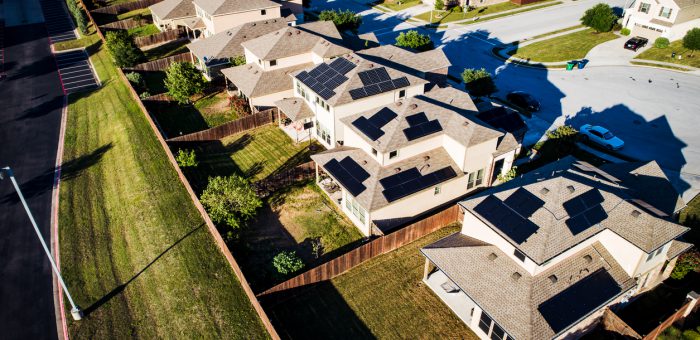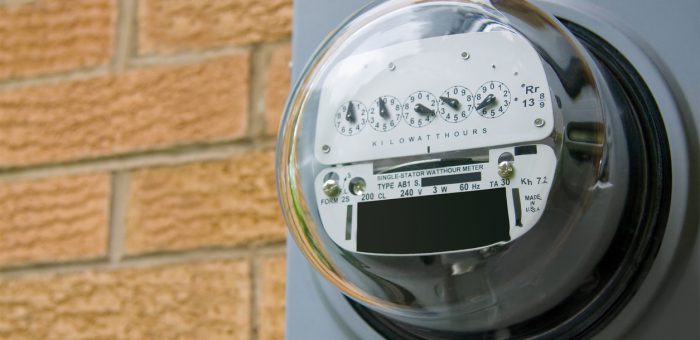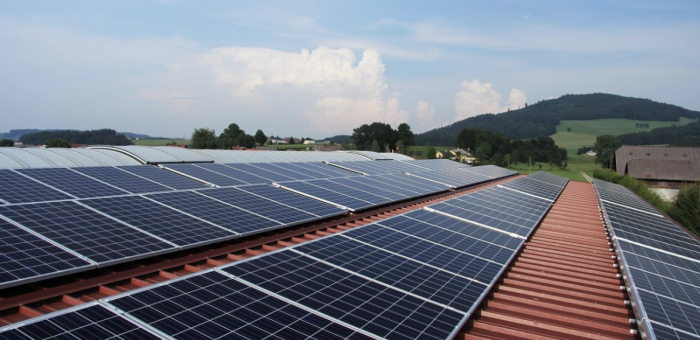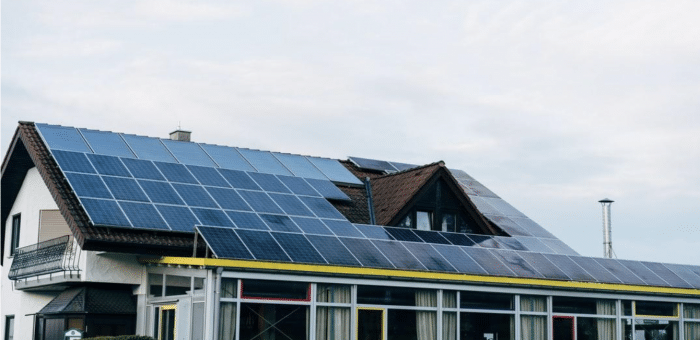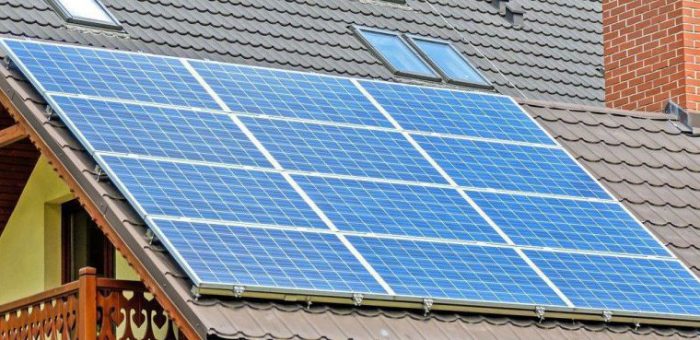Are you considering solar energy for your home? Power Wizard can help you figure out how to proceed. Power Wizard believes in helping with the latest knowledge, tools, and solar energy solutions. We want you will to be able to undertake this challenging step toward sustainable energy. We want you to take this step with confidence. Here is further insight into the advantages, options, and costs of solar panels and systems.
Nature provides numerous renewable energy sources that humans can use to support our energy needs. Sunlight is one example of an abundant and naturally occurring resource. The amount of solar energy that hits the earth’s surface in one-and-a-half hours can be enough to satisfy the world’s energy needs for an entire year. Modern advances in the energy sector make it easier to harness solar power to promote a greener and cleaner future.
What Is Solar Energy?
Solar energy refers to electromagnetic radiation from the sun that can produce heat and cause chemical reactions. Different active solar technologies manipulate sunlight into usable forms. When harnessed appropriately, solar power is an inexhaustible and accessible energy source that can power households and industries. The three primary forms of solar energy include:
- Photovoltaic solar energy
- Solar thermal energy
- Passive solar energy
You can use photovoltaic solar panels to convert sunlight into electricity directly. They comprise solar cells that transform photons (light) into electrons (electric energy). The silicon-based solar panels are available for domestic use in homes and buildings and large-scale use at more extensive facilities.
Solar thermal energy, or thermosolar power, utilizes sunlight to generate heat. The technology uses mirrors to concentrate the sun’s rays into a receptor. You can use the generated heat to warm your home and heat water for cooking and personal hygiene. Industries can utilize solar thermal energy technology to create mechanical energy by heating a liquid to move a turbine quickly.
Afterward, the solar thermal collectors transform it into sustainable electricity that you can channel into facilities. Some low-temperature solar thermal collectors can produce heat up to 65 degrees Celsius. Medium-temperature solar thermal collectors can reach up to 300 degrees Celsius, and high-temperature collectors can produce heat up to 500 degrees Celsius.
You can also utilize solar energy in its natural state without collecting or transforming it. Passive solar energy use is achievable if you maximize your home’s features. The optimization process involves ensuring the house is in a proper position and orientation, insulating the walls, and installing the best roofing. You can perform these modifications during construction or renovation to achieve the ideal bioclimatic architecture. The energy you capture during the day helps prevent excessive heat loss and helps accumulate enough warmth for cold nights. The changes ultimately help illuminate, heat, and cool your home.
The Advantages of Solar Technologies
Solar Is a Renewable Energy Source
The sun is a renewable and sustainable energy source that is an excellent alternative to nonrenewable energy sources. Fossil fuels like coal, oil, and natural gas do not replenish as quickly as you consume. They formed millions of years ago from dead animals and plants buried in underground sediments and rock. Heat and pressure forces worked together to transform the organic matter into crude oil. These fossil fuels may take 300 million to 360 million years to form again. Solar energy is self-renewing and has been in existence for 5 billion years. There will continue to be a constant solar power supply as long as the sun shines.
Clean Energy Is Better for the Environment
Sunlight provides clean energy. Burning fossil fuels causes the release of greenhouse gases (GHG) like carbon dioxide. Rising global GHG levels increase heat trapping in the atmosphere, resulting in global warming and erratic weather. Using fossil fuels also causes the release of toxic carbon particle emissions, leading to air pollution. Green energy sources like solar power are emission-free and help minimize air pollution.
Solar Reduces Dependence on Nonrenewable Sources of Energy
About 80% of human society depends on nonrenewable energy sources in daily living. Fossil fuels are appealing because they are energy-rich and comparatively cheap to process. Nonrenewable fuel reserves are, however, limited in supply, which can potentially lead to a future energy crisis. Investing in solar power lowers your reliance on unsustainable energy sources.
Solar Increases Energy Security
Installing solar panels and solar-powered batteries can provide a backup power source during blackouts from the national power grid. They reduce the uncertainty, inconvenience, and extra cost of refueling a liquid propane gas or diesel-powered generator. Solar energy can also protect you from rising power bills during peak electricity hours. Solar service contracts tend to be lower and more predictable than your electric company’s power rates. Power Wizard provides a do-it-yourself shopping tool with consolidated electric plans and solar power solutions that are suitable to your needs.
Costs and Options Available for Solar Panels and Systems
Monocrystalline solar panels are the most power-efficient option, costing about $1 to $1.50 per watt. A 5-kilowatt solar panel system is between $5,000 and $7,500. Polycrystalline solar panels are less power-efficient and cost about $0.90 to $1, but a 5-kilowatt solar power system is more affordable, costing between $4,500 and $5,000. Thin-film solar panels cost roughly the same as monocrystalline solar panels but need more space. They, thus, are an excellent investment in an industrial setting.
The three main solar power system types are:
- Grid-tied solar power systems: With this type, your home connects to the national grid, which acts as an additional source of power when the solar panels aren’t supplying sufficient energy.
- Off-grid solar power systems: With this form, your home lacks a connection to the grid and runs entirely on solar energy generated and stored on-site.
- Hybrid solar power systems, or solar-plus-storage systems: With these systems, you pair solar panels with a battery that stores the energy for use during power outages as your home remains connected to the electric grid.
What Can Solar Power?
Heating and Electricity
The heat you generate from harnessing solar power has a variety of applications. You can increase the intensity of the sunlight by concentrating it on concave blackened receivers. The resulting heat energy can operate boilers, which generate steam that turns turbines in power plants. You can use small-scale heat energy in desalination units to transform saltwater into water that’s fit for human consumption. Solar cookers help domestically in cooking, drying foodstuffs, and pasteurizing milk.
Solar cells can directly convert sunlight to electricity. A single cell can produce about 2 watts of power, while several connections of cells are substantial to generate thousands of kilowatts of electric power. These spacious units can power water pumps, weather satellites, and communication systems. You can install thin-film solar cells and choose an appropriate solar power system to supply electricity to your home or workplace.
Lighting
The sun can even support outdoor lighting at night through solar-powered street lights. Low-powered devices such as calculators and watches can also operate on sunlight, using small photovoltaic cells to harness solar energy.
The Impact Solar Energy Has on Energy Costs
Solar energy has a high initial investment but is sure to save you money in the long term. The key factor influencing the amount you save is your local electricity rates. Other factors include the daily hours of direct sunlight you experience, the size of your solar panel system, and the angle of your roof. Details like your average energy usage, your location, and the average cost of your solar panel installation can aid Power Wizard in estimating your annual savings. Check out Power Wizard’s solar solutions.
